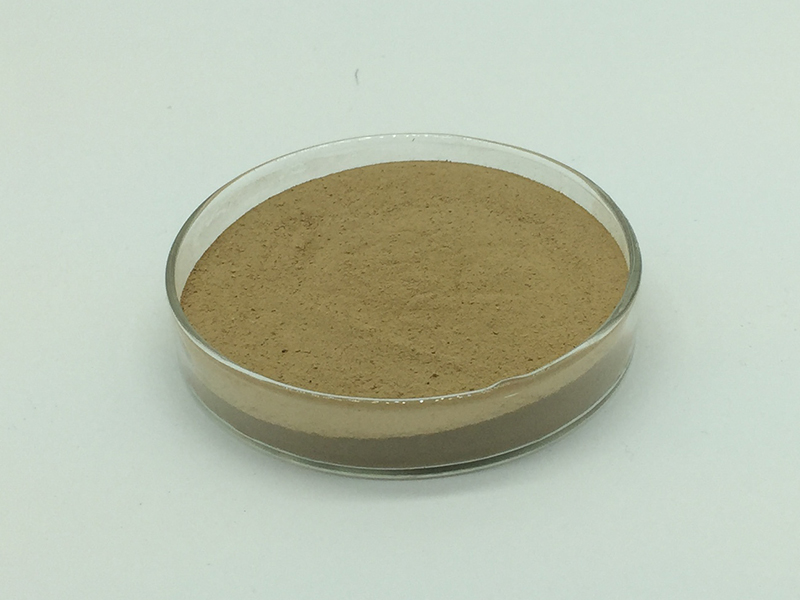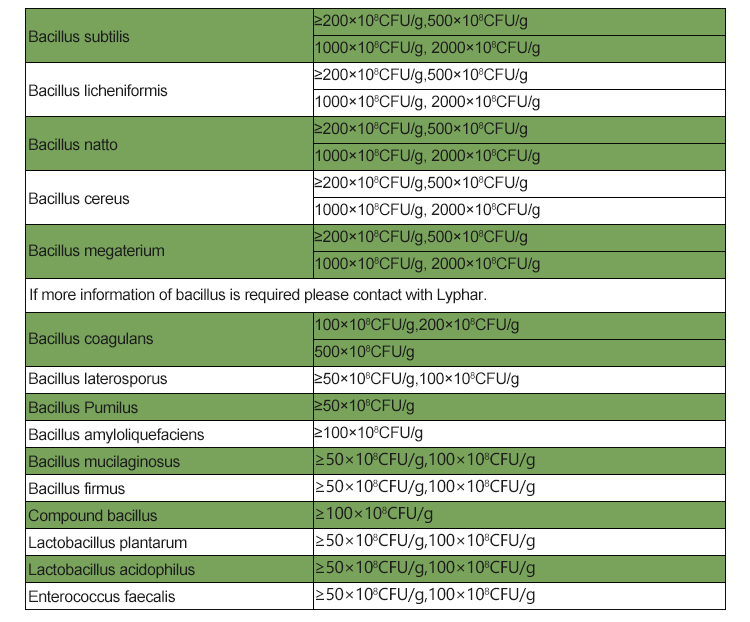Bacillus subtilis is a Gram-positive, rod-shaped bacterium that is commonly found in soil. It has been extensively studied for its physiological, genetic, and metabolic characteristics. Here is a comprehensive overview of Bacillus subtilis based on existing research up to my knowledge cutoff in January 2022:
1.Taxonomy and Morphology:
Bacillus subtilis belongs to the genus Bacillus and the family Bacillaceae.
It is characterized by its rod-shaped morphology and the formation of endospores under stressful conditions.
2.Habitat and Distribution:
Bacillus subtilis is ubiquitously found in soil, air, water, and decaying plant material.
It is also a common contaminant in laboratory settings.

3.Metabolism:
Bacillus subtilis is aerobic and facultatively anaerobic.
It is capable of utilizing a wide range of carbon and energy sources.
Known for its ability to produce various enzymes, including proteases, amylases, and lipases.
4.Spore Formation:
Bacillus subtilis is known for its ability to form endospores, which are resistant to heat, desiccation, and other harsh conditions.
Spore formation is a survival strategy in response to nutrient limitation.
5.Genetics:
The bacterium has been extensively used as a model organism for genetic studies.
Transformation, transduction, and conjugation are common mechanisms for genetic exchange.
The entire genome of Bacillus subtilis has been sequenced and is well-annotated.
6.Quorum Sensing:
Bacillus subtilis uses quorum sensing to regulate gene expression in response to population density.
Communication is facilitated through the secretion and detection of small signaling molecules, such as peptides.
7.Biofilm Formation:
Bacillus subtilis is known for its ability to form biofilms on surfaces.
Biofilm formation involves the secretion of extracellular matrix components.
8.Antimicrobial Production:
Bacillus subtilis is capable of producing antimicrobial compounds, including antibiotics and peptides, which contribute to its competitiveness in natural environments.
9.Industrial Applications:
Bacillus subtilis is widely used in various industrial processes, including the production of enzymes, antibiotics, and probiotics.

10.Research Tools:
Due to its genetic tractability, Bacillus subtilis serves as a valuable model for studying fundamental biological processes.
It has been crucial in advancing our understanding of gene regulation, cell division, and sporulation.
11.Ecological Impact:
Bacillus subtilis plays a crucial role in nutrient cycling and soil ecology, contributing to the decomposition of organic matter.
12.Pathogenicity:
Generally considered non-pathogenic to humans, Bacillus subtilis is commonly used in probiotic formulations.
In conclusion, Bacillus subtilis is a versatile bacterium with significant implications in various fields, ranging from basic research to industrial applications. Its well-characterized genetics and physiological properties make it an essential model organism for scientific investigations.
